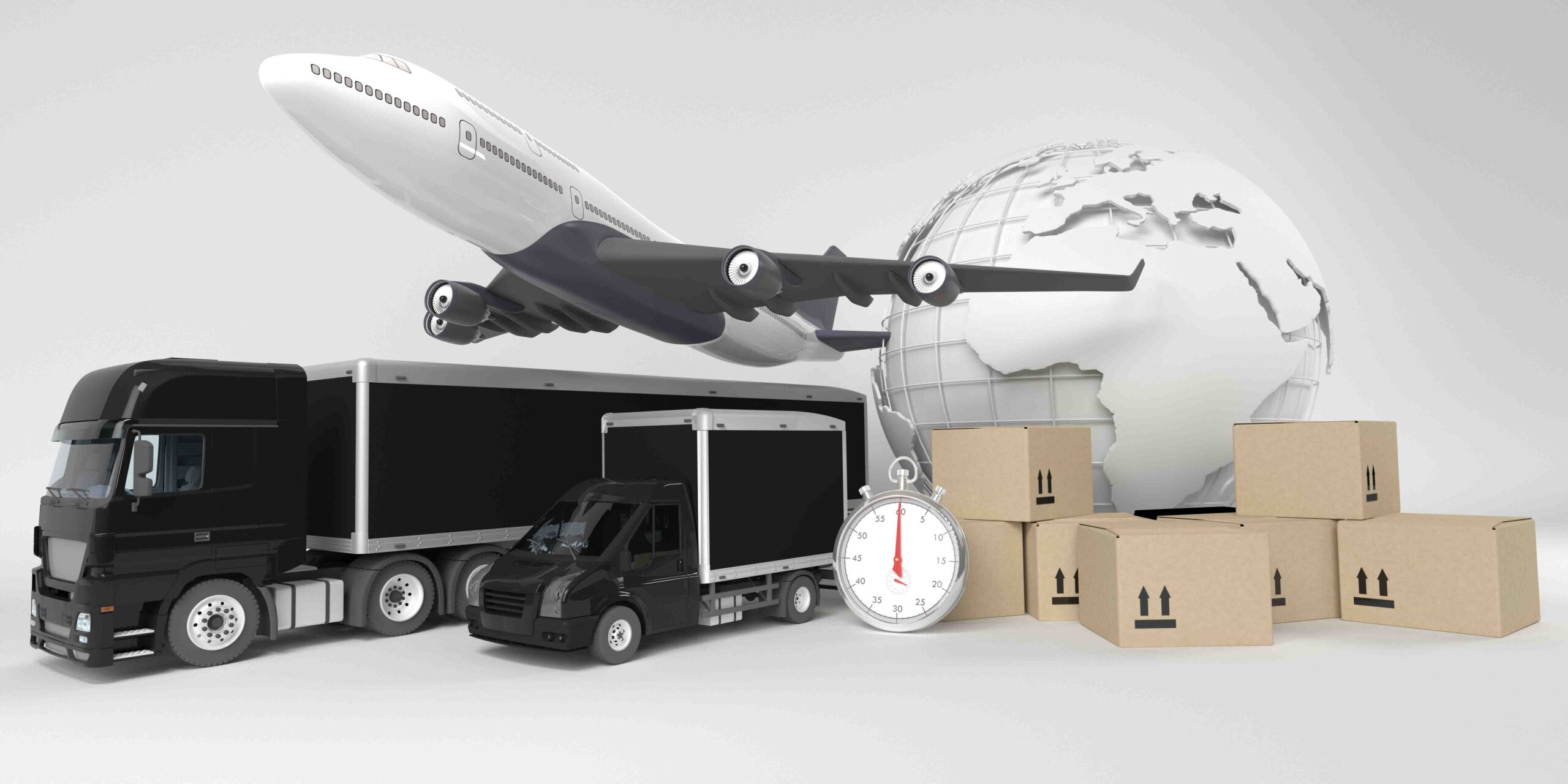
Intermodal transportation and multimodal transportation methods enable the more efficient, environmentally friendly, and cost-effective transportation of goods. In intermodal transportation, loads are transported using more than one mode of transportation (usually rail and road), while in multimodal transportation, loads are transported under a single shipping contract using different modes of transportation. In this article, we discussed many topics including the difference between multimodal and intermodal transportation.
What is Intermodal Transportation?
Intermodal transportation is a shipping solution where different modes of transportation (for example, road, rail, sea) are combined and used together. In this method, loads are transferred from one mode of transportation to another, allowing for faster and more efficient transport. For example, it is possible for a load to be first transported by truck to a loading center, then sent by train to a more distant point, and finally delivered to the final destination by another truck. This combines the advantages of different transportation modes, providing a faster, more efficient, and lower-cost transportation method.
Intermodal transportation is especially preferred for long-distance transportation and transportation between different geographical regions. This method requires less handling and documentation during transportation, which reduces costs. Additionally, using different modes of transportation together results in a transportation method with a lower environmental impact.
Why is Intermodal Transportation Preferred?
Intermodal transportation is preferred for many reasons. Here are some advantages of this method:
Faster and more efficient: Combining different modes of transportation allows loads to be transported more quickly and efficiently. This is achieved by integrating the advantages of various transportation modes.
Lower cost: Combining different modes of transportation reduces shipping costs. For example, transporting a load first by truck to a loading center, then by train to a more distant location, and finally by another truck to the final destination may be less expensive than using a single mode of transportation.
Less environmental impact: Intermodal transportation is more environmentally friendly due to lower fuel consumption and emissions.
Less logistics management required: Since an intermodal chain is formed from different transportation modes, the entire process can be managed by a single logistics management company. This makes logistics management easier.
Safer: Combining different transportation modes in intermodal transportation provides a safer shipping method. For example, rail transportation carries a lower risk of traffic accidents, and risks that may arise due to weather conditions during sea transportation are minimized.

What is Multimodal Transportation?
Multimodal transportation is a shipping solution where more than one mode of transportation is used together. In this method, the transportation of loads using different modes (road, rail, sea, air, etc.) is aimed for. For example, a load is first transported by truck to a loading center, then sent by ship via sea to another port, and finally delivered to the final destination by train.
Multimodal transportation combines the advantages of different modes of transportation, providing a faster, safer, and lower-cost shipping method. It can also be used for transportation between different geographical regions.
During multimodal transportation, less handling and documentation are required, which reduces costs. Additionally, using different modes together results in a transportation method with a lower environmental impact.
Multimodal transportation is especially preferred for long-distance transportation, large volumes of cargo, sensitive or valuable loads, and urgent deliveries. Because such loads can be transported more quickly, safely, and at lower costs by taking advantage of different modes of transportation.
Why is Multimodal Transportation Preferred?
Multimodal transportation offers many advantages due to the use of multiple modes of transportation together, which is why it is preferred. Here are some advantages of multimodal transportation:
Faster delivery: Using different modes of transportation together allows loads to be delivered more quickly. For example, a load is first transported by truck to a loading center, then sent by sea via a ship to another port, and finally delivered by train to the final destination. This ensures rapid transportation of loads.
Lower costs: Multimodal transportation combines the advantages of different modes, resulting in a more cost-effective method. For example, sea transportation is cheaper, while rail transportation can be faster. Using different modes together reduces costs.
Less handling and documentation: During multimodal transportation, less handling and documentation are required, which reduces costs.
More environmentally friendly: Using different modes together results in a transportation method with less environmental impact. For example, sea transportation causes fewer carbon emissions, while rail transportation results in less traffic congestion.
Safer transportation: Multimodal transportation ensures that loads are transported more safely when transferring between different modes. For example, a load is first transported by truck to a loading center, then sent by sea via a ship to another port, and finally delivered by train to the final destination. This method ensures safer transportation of loads.
Multimodal transportation is especially preferred for long-distance, large-volume, sensitive or valuable loads, and urgent deliveries. Such loads can be transported more quickly, safely, and at lower costs by leveraging the advantages of different modes of transportation.
Differences Between Intermodal and Multimodal Transportation
Although intermodal and multimodal transportation are methods that use multiple modes of transportation together, there are some differences between them. Here are the differences between multimodal and intermodal transportation:
Use of transportation modes: In intermodal transportation, loads are transported in the same container or vehicle across multiple modes, while in multimodal transportation, loads are transported separately in different modes and transferred between modes.
Condition of the load: In intermodal transportation, loads are secured in containers or transport vehicles and move less, whereas in multimodal transportation, loads transfer between different modes with more movement.
Responsibility: In intermodal transportation, carriers are responsible only for their own mode during transportation, while in multimodal transportation, carriers are responsible for the entire transportation process.
Documentation: In intermodal transportation, documents for loads transported in different modes are kept separately, while in multimodal transportation, a single document is prepared for the entire process.
Costs: In intermodal transportation, additional costs such as the use of transport vehicles and securing containers may occur, whereas in multimodal transportation, better use of the advantages of different modes results in lower costs.
Both multimodal and intermodal transportation methods enable the use of multiple modes together, but intermodal transportation is more limited and fixed, while multimodal transportation is more flexible and can better leverage the advantages of different modes.






